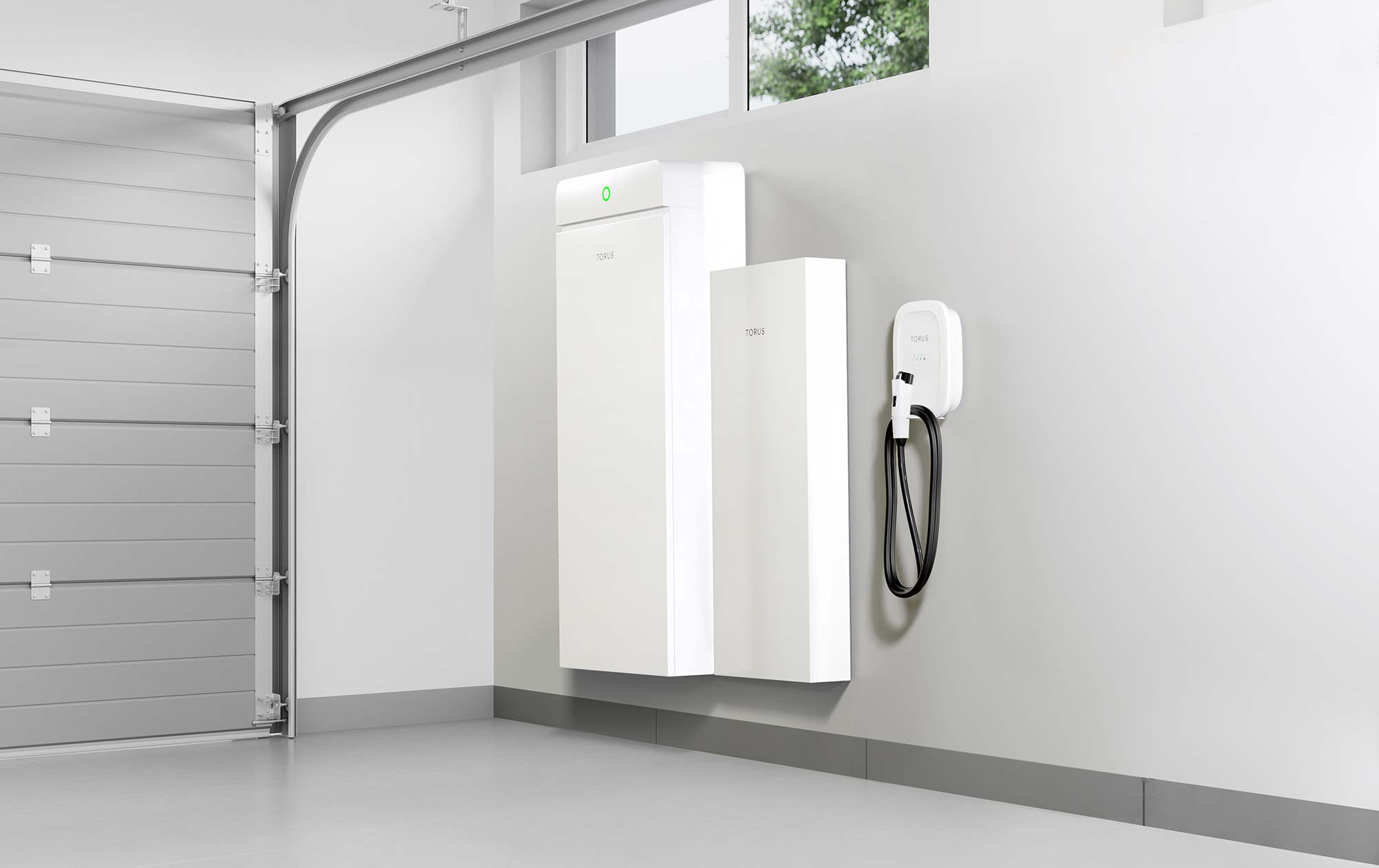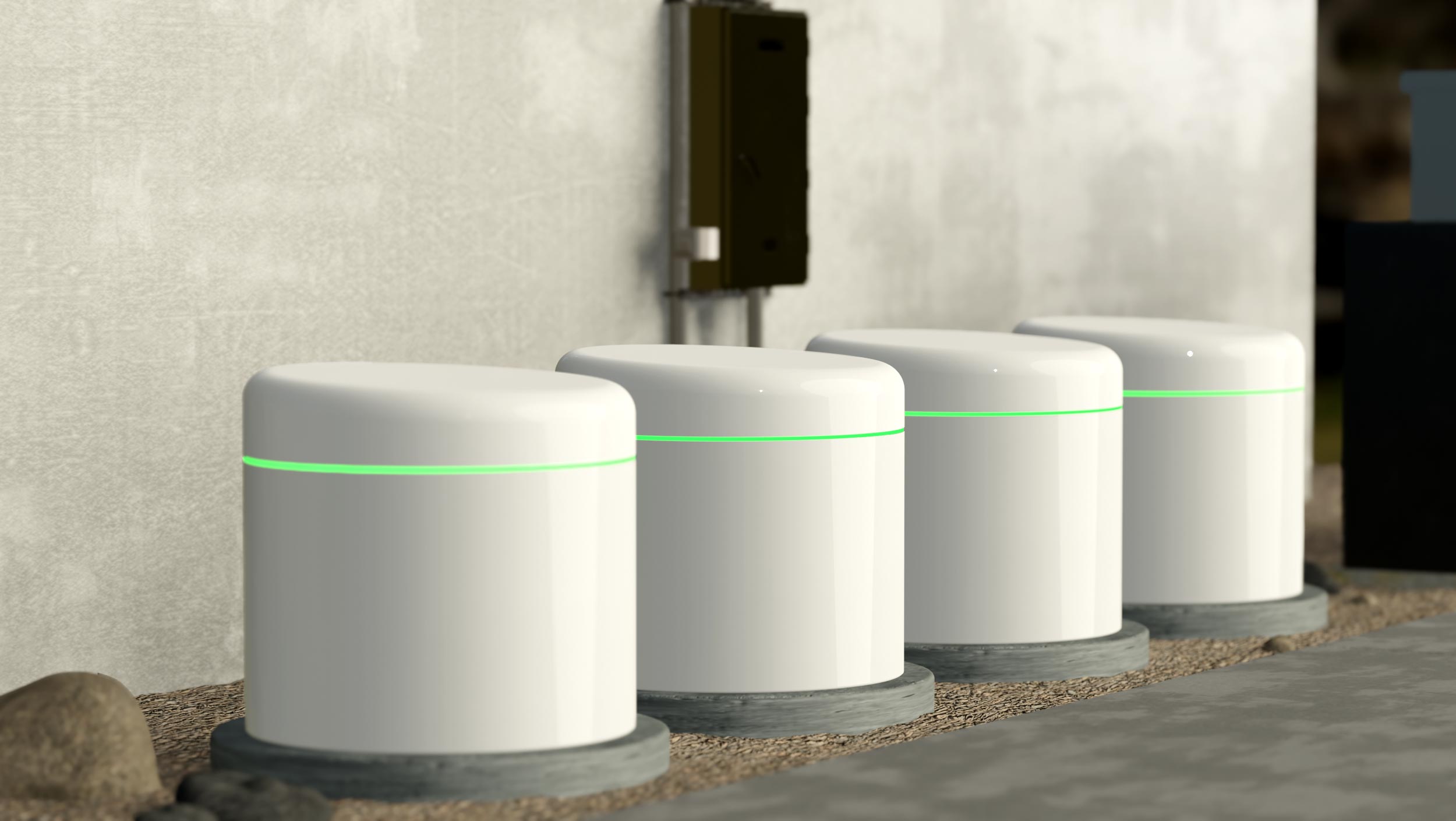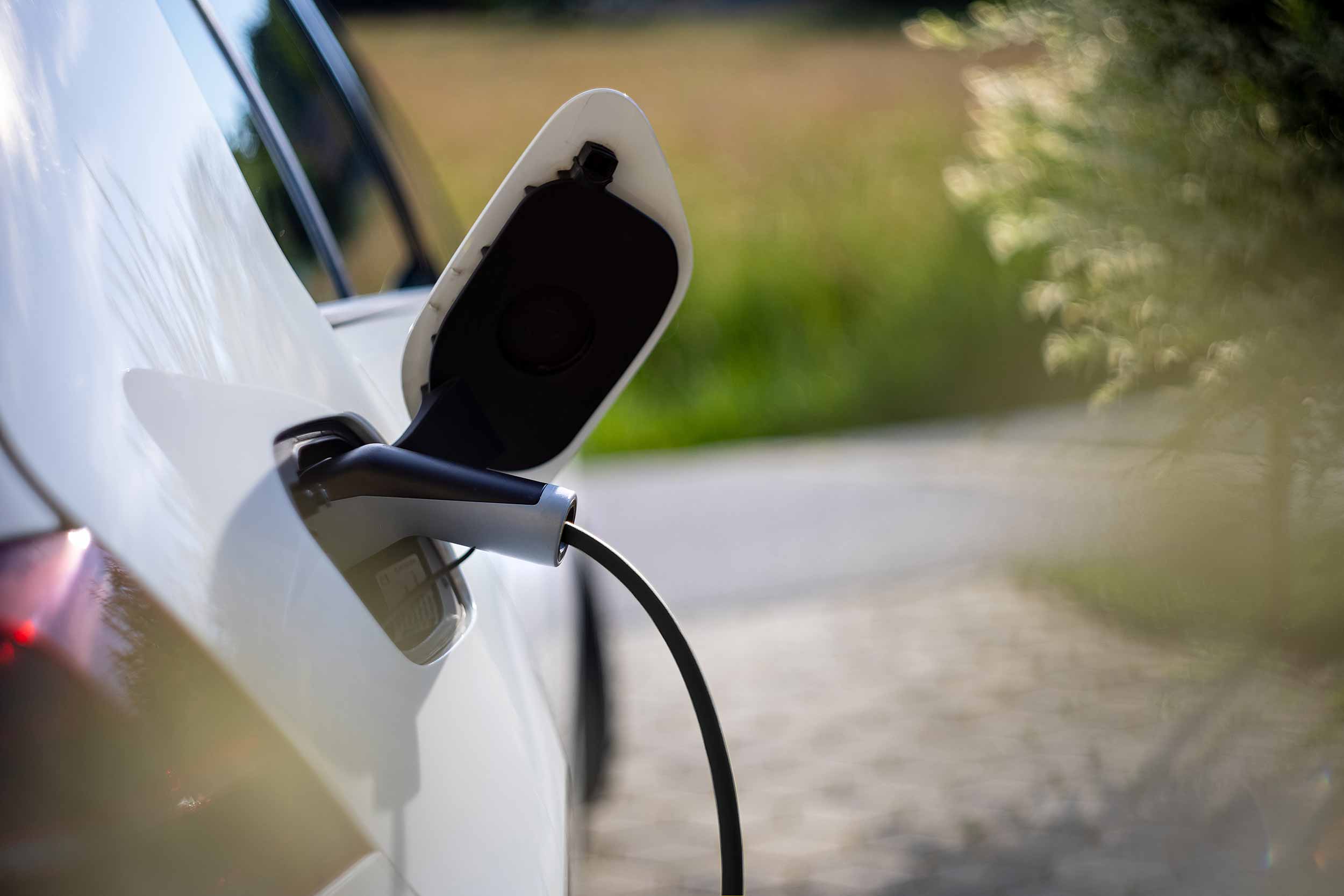What Are Renewable Energy Credits?
One of renewable energy’s lesser known upsides explained
Renewable energy credits (RECs) serve as a way to track and account for the generation of clean, renewable energy. They enable individuals and organizations to support renewable energy products and reduce their carbon emissions, thereby promoting and incentivizing the development and use of renewable energy sources. Here's a closer look at what renewable energy credits are and how they work:
What are Renewable Energy Credits?
Renewable energy credits, also known as green energy credits or renewable energy certificates, are tradable certificates representing the environmental and social benefits associated with the production of a specific amount of renewable energy. Think of them like a token: one REC typically represents one megawatt-hour (MWh) of renewable energy generated. These credits are separate from the actual physical electricity and can be bought, sold, or traded independently.
How do Renewable Energy Credits Work?
When a renewable energy facility, such as a solar or wind farm, generates electricity, it is divided into two components: the electricity itself and the associated environmental attributes. The environmental attributes, or the renewable and carbon-free nature of the electricity, are represented by the renewable energy credits. These credits are then sold separately to entities or individuals who want to support renewable energy and offset their carbon emissions.
Benefits of Renewable Energy Credits:
- Environmental Impact: Purchasing RECs allows individuals and organizations to support renewable energy generation and lower greenhouse gas emissions. By financially supporting renewable energy projects, they contribute to the growth of the clean energy sector, which in turn helps combat climate change and reduces reliance on fossil fuels.
- Carbon Footprint Reduction: RECs offer a way for individuals and businesses to offset their carbon emissions. By purchasing enough RECs to match their energy consumption, they effectively neutralize the carbon impact of their electricity usage. This is particularly beneficial for entities striving to achieve carbon neutrality or meet sustainability goals.
- Access to Renewable Energy: RECs provide a means for individuals and businesses to support renewable energy even if they are unable to install their own renewable energy systems. It enables broader participation in the renewable energy transition, ensuring that renewable projects continue to grow and contribute to the overall energy mix.
- Market Development: The demand for RECs creates a market for renewable energy, stimulating investment and innovation in the renewable sector. It helps incentivize the development of new renewable energy projects and encourages utilities to increase their renewable energy procurement.
Renewable Energy Credits in Utah:
Utah offers various programs and initiatives to support renewable energy, including the use of RECs. The state's Renewable Portfolio Standard (RPS) requires utilities to obtain a certain percentage of their electricity from renewable sources. To comply with the RPS, utilities can purchase RECs from renewable energy projects within or outside the state. In addition to the state-level RPS, Utah residents and businesses can participate in voluntary REC programs offered by utilities or third-party providers. These programs allow individuals to purchase RECs to offset their electricity consumption and support renewable energy projects.
The Torus Station is the most effective way to create, store, and manage clean, renewable energy at home. Curious? Learn more! Interested in a free consultation? Get in touch! Ready to commit? Customize your system.




